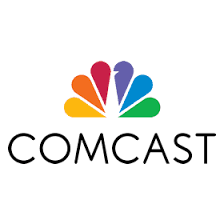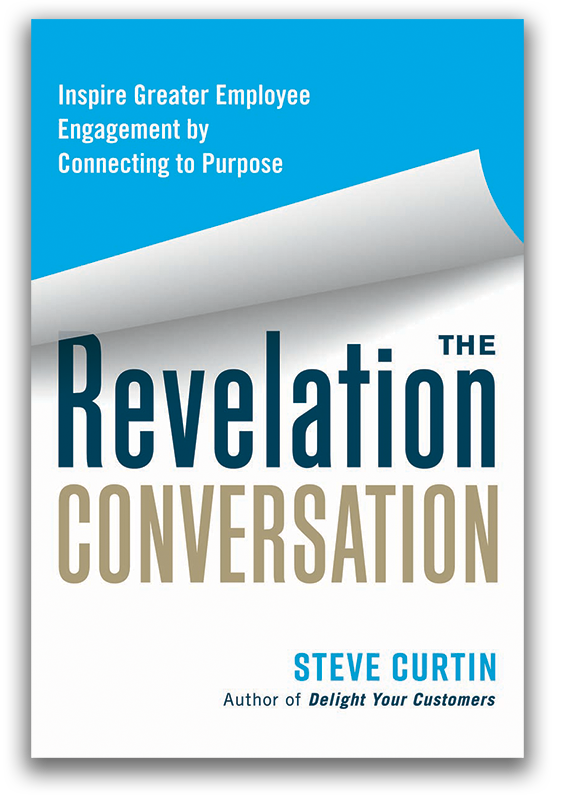Last week I had the privilege of traveling to Philadelphia to visit the newly-opened Comcast Technology Center where I was joined by a cast of customer experience (CX) influencers: Jay Baer, Chip Bell, Jeanne Bliss, Joey Coleman, John Dijulius, Matt Dixon, Moira Dorsey, Shep Hyken, Scott McKain, Adam Toporek, Bill Quiseng, and Jeannie Walters. We were given an exclusive peek behind the curtain into Comcast’s products, services, support, and culture. Together, we toured, listened, shared, asked questions, and engaged with the company’s top CX executives.
As the day unfurled, I detected an emphasis on organizational purpose as opposed to strategy, tactics, or the daily yeoman work required to run a $160B company.
This was unique because while most organizations are very effective at equipping employees with the knowledge and skills to become competent, few seem to give much thought to organizational purpose. As a result, typical companies produce a lot of capable – if uninspired – employees who adhere to protocol while processing customers, each one like the previous one, until the end of another routine and monotonous shift. Employees at such companies may know WHAT to do and HOW to do it, but they have no idea WHY they are doing it.
It is rare to encounter an organization that has embraced organizational purpose to the extent Comcast has in 2018. To be clear: Comcast is not a client and this blog post is not intended to be a PSA on the company’s renewed commitment to customer service. I’ve heard from many company executives across industries at conferences and in other, more intimate, settings and left disaffected by their hyperbole.
Many companies boast corporate values and lofty mission statements. My litmus test to determine the degree to which an organization is actually attuned to purpose is whether or not it has addressed, contemplated, and clearly answered each of these four questions:
Q1. Who are we? (What are our values?)
Q2. Why do we exist? (What is our purpose?)
Q3. Who do we serve? (Who are our customers?)
Q4. What do we aspire toward? (What is our goal?)
An organization that has invested the time and energy to thoughtfully respond to these questions has clarified its values, purpose, customers, and aspirational goal in alignment with the organization’s True North – the ideal state that it continually strives toward.
In reviewing my notes, I was able to find answers to each of the questions:
Q1. (Values) Service, Learning, Contribution, Accessibility, Empowerment, Inclusion, Diversity, Sustainability, and Innovation
Q2. (Purpose) Use the power of connection to make the world a better place.
Q3. (Customers) Subscribers, employees, partners, contractors, vendors, and the community
Q4. (Aspirational goal) Make customer experience our best product.
Finding answers to these questions is important but insufficient if merely trumpeted on the corporate website or in the annual report. It needs to be actuated: modeled by leadership, embedded in the hiring and onboarding processes, and integrated into its performance management system. Comcast employees’ daily job responsibilities must be connected to an enduring set of organizational values and purpose. Doing so propels the culture to manifest itself.
Here are some ways Comcast is actuating its corporate ideals:
Accessibility: Comcast is committed to making its products, services, and experiences accessible to the widest possible audience, and opening new doors to independence to people with disabilities. During the tour, I tried on a set of impairment goggles that are used to obscure one’s vision. Engineers use these to design accessible menus and features for visually impaired users. I also witnessed special gloves intended to simulate diminished dexterity. These can facilitate the design of remote controls, for example, that can be accessed by customers with impaired hand function.
Empowerment: I learned of a frontline Comcast call center employee in St. Paul, MN whose suggestion to increase support for first responders and customers during Hurricane Harvey was escalated, evaluated, and implemented within 24 hours. Further, the suggestion was then incorporated into the process and executed days later during Hurricane Irma in Florida.
Contribution: I heard about a Comcast Cares Day project at Provo High School in Utah. There were 800 volunteers organized for the effort to beautify and make improvements to the school facility. In addition, Comcast ordered 20 construction trash dumpsters to aid in the cleanup and made a financial contribution to the high school in the form of a grant for each volunteer.
Inclusion: Since 2011, Comcast’s Internet Essentials has connected more than six million low-income Americans to low-cost, high-speed Internet at home in an effort to bridge the digital divide. And this program was recently expanded to include low-income veterans.
Learning: Comcast developed an internal cadre to cascade customer experience training to 80,000 employees.
Service: Comcast evaluates its performance through 11 million Net Promoter Score (NPS) surveys each year. Since 2016, Comcast has seen a 20-point increase in its NPS score.
Contribution/Sustainability: There is a companywide goal of dedicating at least 500,000 volunteer hours to improving the environment by 2020.
Sustainability: Even the new Comcast Technology Center headquarters building affirms the organization’s values and purpose by achieving Leadership in Energy and Environmental Design (LEED) Platinum certification – saving energy, water, resources, while reducing waste and supporting human health.
Each of the above examples illustrates the alignment between Comcast’s stated priorities and what it actually does. Creating a culture that perpetuates corporate ideals – where employees detect a higher calling – requires managers and leaders to be genuinely connected to their organization’s purpose. Company leaders who do not know the answers to the four questions are disconnected from their organization’s purpose. And if they are aloof from the organization’s purpose, then so too are their employees.
While many organizations give their employees assignments to work on, Comcast has given its employees a purpose to work toward. Bravo!




